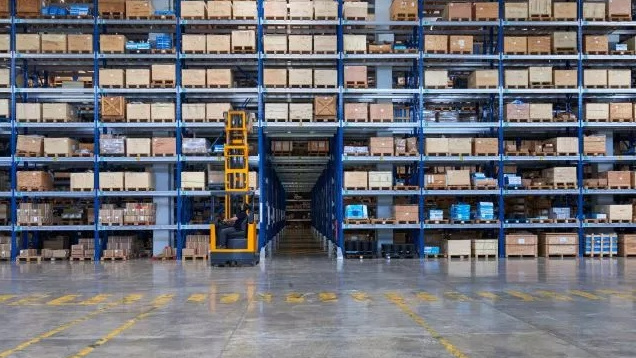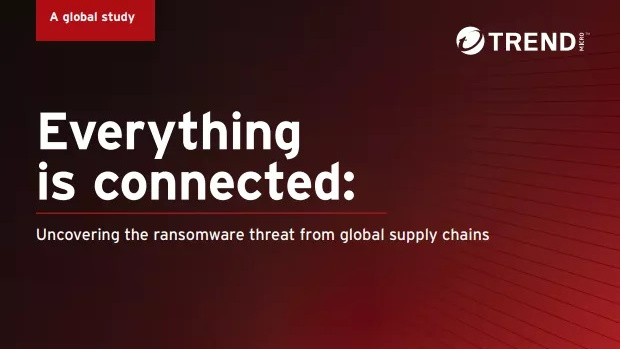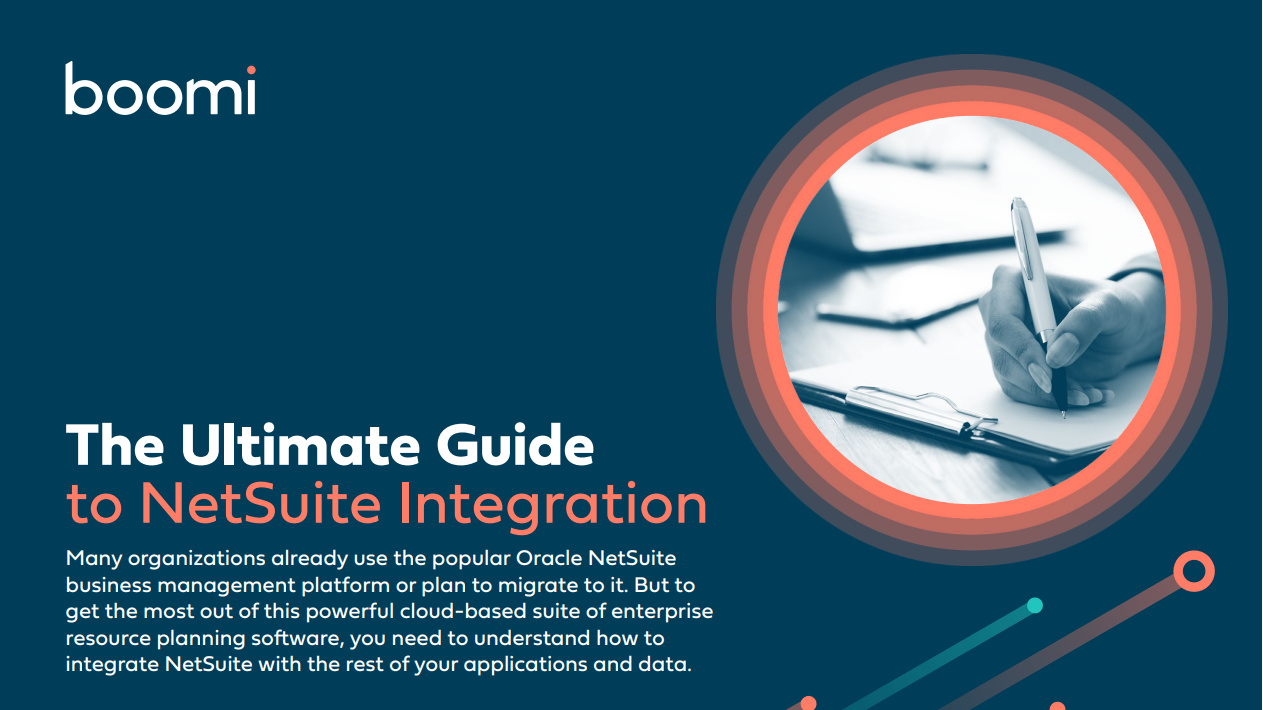Is the Kubernetes security deficit widening?
Kubernetes and containerization are surging in popularity but organizations are worrying over unaddressed cyber security risks


Despite Kubernetes adoption soaring in recent years, users are concerned security strategies haven’t kept pace.
A significant minority (38%) feel security isn’t taken seriously enough, according to Red Hat’s latest State of Kubernetes report, or that investment in containerized operations is inadequate. This is a rise of 7% against the previous year.
These concerns are affecting the implementation of cloud native technologies, with 67% reporting delaying deployments due to security issues.
Kubernetes security pain points
Security pain points include tooling around signing and verification according to Jeffrey Sica, principal developer experience engineer at the Cloud Native Computing Foundation (CNCF). “If the solution to a problem is difficult to implement, developers will go out of their way to shift – or not even address – the problem,” he tells ITPro.
RELATED RESOURCE

Automating application-driven container elasticity
For platform and DevOps engineers looking to operationalize speed to market while assuring application performance
Policy is also an issue, not only in terms of enforcement but also definition. “Businesses need some examples or sane defaults to build off of, and it seems there’s somewhere of a gap there,” Sica says.
More than half of Red Hat’s respondents worry about misconfiguration and vulnerabilities due to Kubernetes’ level of customization, while the focus on upgradeability also poses security risks in some people’s eyes.
One of Kubernete’s guiding principles is backward compatibility and so a default configuration release will never break an existing deployment. This means teams must pay special attention to new security features that may be disabled by default, notes Sandy Carielli, a principal analyst at Forrester.
Sign up today and you will receive a free copy of our Future Focus 2025 report - the leading guidance on AI, cybersecurity and other IT challenges as per 700+ senior executives
She also points to the fact more organizations need to realize Kubernetes security goes far beyond the API itself. “Because Kubernetes security also extends into application security, container security, identity management, and zero trust, security professionals must have basic familiarity with all of them and be able to collaborate across the team,” she adds.
“Kubernetes is a Venn diagram over security disciplines and organizations can’t confine their discussion of Kubernetes security to just the Kubernetes settings.”
“At its core, Kubernetes is simply an API that allows the scheduling of containers. In that sense, the attack surface is the API server, or the containers being scheduled by Kubernetes,” continues Sica, who says that as container run times and Kubernetes, itself and defaults, have become more hardened, the focus has moved to the supply chain.
Is there a Kubernetes security deficit?
To some, these issues point to a security deficit, but Sica disagrees, instead pointing out if you compare the Kubernetes security space from 2018 to now, it’s night and day. His view is that there’s never been more effort and focus on security within Kubernetes and the cloud native ecosystem, which is down to adoption and maturity.
“Five years ago there was a proverbial gold rush to adopt Kubernetes because it was the pattern to follow in application development. People and organizations alike had to go through the growing pains of adopting what was at the time radically new technology.
“Now that there’s less of a scramble to learn about Kubernetes, there’s a greater focus on the stability of the codebase and creating secure defaults,” he explains.
There are many examples of how the cloud native community is addressing security concerns. For example, the CNCF instigated a Kubernetes security audit. This raised concerns about network permissions and intra-component communications, which have been – or are in the process of being – resolved by the community.
In terms of supply chain security, Sica mentions Chainguard has been working closely with the Open Source Security Foundation (Open SSF) in creating extensive tooling for the signing and verification of software artifacts.
Another large focus in terms of security is extended Berkeley Packet Filter (eBPF). “Notably Sysdig's Falco project, which can use either a kernel module or eBPF probe to monitor/log any kernel-level calls that a container can make,” says Sica. “This is the next logical step in observing or preventing any privilege escalation or container escapes.”
Strategies to boost Kubernetes security
The majority of organizations with security concerns are taking steps to address them, and are seeking the services of a handful of vendors, which are focusing on some or all aspects of the security challenge.
RELATED RESOURCE

“I don’t find that security is putting companies off going down this path, or from doing more in this area. They’re carrying on – but with a focus on having secure containers,” says Charlie Winckless, a senior director analyst at Gartner.
Winckless recommends adopting a tool that validates the security not just of your containers, but your Kubernetes environment – and preferably a single tool that does both.
He notes a growing number of vendors are moving into this area, with some companies including Sidero Labs and Tigera focusing specifically on container security, while ‘big picture’ cloud security posture management (CSPM) vendors such as Wiz, Aqua, Orca and Palo Alto Networks are adding container security features to their platforms.
“Some are very much focused on that bigger picture, while others are addressing those micro markets,” he says.
Beyond tapping into the market, organizations can take a number of steps internally to shore up their container security. Winckless’ top tip is to “automate, then automate, and automate some more”. “If you don’t,” he continues, “then trying to keep up with the dynamism of these environments is very difficult.”
He also recommends validating (and automating that validation) your setup in the same way you’d treat other cloud providers, and in some cases using a managed Kubernetes environment.
“A lot of people are adopting EKS in Amazon, GKE in Google, AKS in Azure to have something where at least in my underlying Kubernetes environment, some of that security responsibility is delegated to a cloud provider.
“For the most part – exceptions include choices Microsoft made that led to the Azurescape vulnerability for example – we still see the large cloud providers able to a do a better job of it than you can.”
Keri Allan is a freelancer with 20 years of experience writing about technology and has written for publications including the Guardian, the Sunday Times, CIO, E&T and Arabian Computer News. She specialises in areas including the cloud, IoT, AI, machine learning and digital transformation.
-
 Trump's AI executive order could leave US in a 'regulatory vacuum'
Trump's AI executive order could leave US in a 'regulatory vacuum'News Citing a "patchwork of 50 different regulatory regimes" and "ideological bias", President Trump wants rules to be set at a federal level
-
 TPUs: Google's home advantage
TPUs: Google's home advantageITPro Podcast How does TPU v7 stack up against Nvidia's latest chips – and can Google scale AI using only its own supply?
-
 UK enterprises lead the way on containerization, but skills gaps could hinder progress
UK enterprises lead the way on containerization, but skills gaps could hinder progressNews The UK risks fumbling its lead on cloud native deployments due to skills issues, according to Nutanix’s Enterprise Cloud Index (ECI) survey.
-
 2024 API Security trends and predictions
2024 API Security trends and predictionsWebinar Don’t let API security be your blind spot
-
 Amplify business transformation with business intelligence
Amplify business transformation with business intelligenceWhitepaper Four key benefits of moving your operations to the cloud
-
 Automate your API security, resilience, and compliance
Automate your API security, resilience, and compliancewebinar APIs make the world go round
-
 The ultimate guide to Netsuite integration
The ultimate guide to Netsuite integrationwhitepaper Download this eBook and get the most out of this powerful cloud-based suite of ERP software
-
 The SAP integration planner's guidebook
The SAP integration planner's guidebookwhitepaper Download this eBook and connect SAP to your third-party systems and data to SAP with Boomi's cloud-based digital platform
-
 The ultimate guide to Salesforce integration
The ultimate guide to Salesforce integrationwhitepaper Quickly connect Salesforce to drive efficiencies and insights
-
 Kubernetes misconfiguration unknowingly exposed data of Fortune 500 firm, hundreds more
Kubernetes misconfiguration unknowingly exposed data of Fortune 500 firm, hundreds moreNews The Kubernetes misconfiguration could have had serious ramifications for the company
